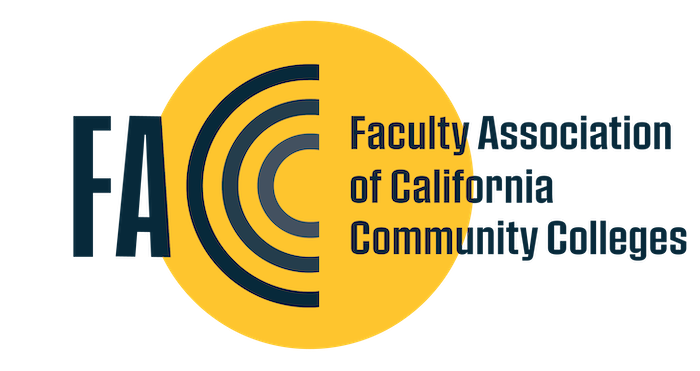Bargaining for the Future: Protecting Faculty Rights in the Era of AI
The California Community College system recently entered into partnerships with Google, Microsoft, and Instructure, the parent company of Canvas. These partnerships have led to a suite of artificial intelligence (AI) tools being directly integrated into the Canvas Learning Management System. While these tools have the potential to enhance teaching and learning, their implementation also raises important questions about faculty workload, intellectual property rights, data privacy, and academic freedom. It’s imperative that faculty are aware of these issues and actively engage in discussions about them, including at the bargaining table.
Academic senates must address aspects of these AI tools through 10+1, particularly as they relate to student success, retention, and professional development. At the same time, it is essential not to overlook that these tools carry significant implications for faculty working conditions.
